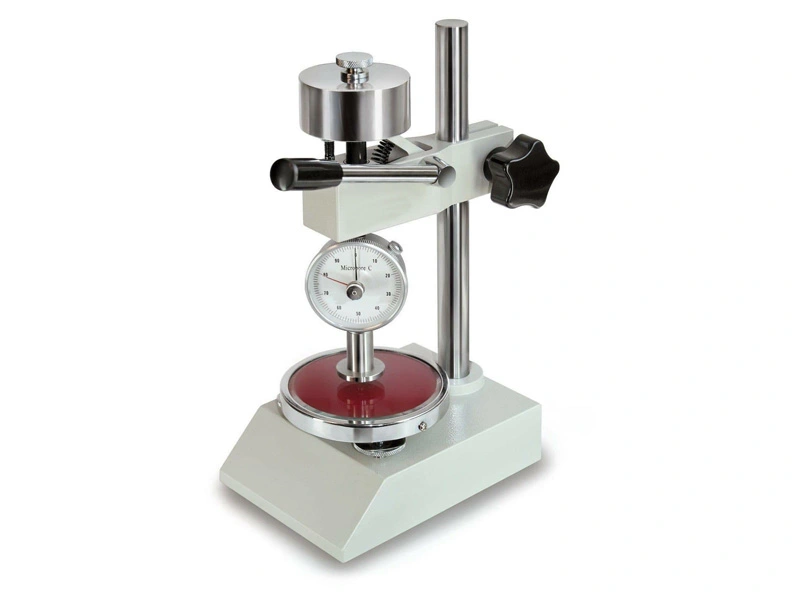Data indicators are the most intuitive way to evaluate the characteristics and performance of a product. The data indicators of RTV silicone materials are usually obtained through laboratory testing, which is professional and abstract, and may be difficult for beginners to comprehend. In order to facilitate a better understanding of these terms, this article will provide explanations of common data indicator terminologies for RTV silicone.
![]() rtv silicone rubber
rtv silicone rubber
1. RTV
RTV is short for Room Temperature Vulcanization. It is a type of silicone rubber that can cure or harden at room temperature without additional heating. It is available as a single-component (RTV-1) or two-component (RTV-2) product. RTV-1 silicone cures by absorbing moisture from the air, while RTV-2 silicone can be cured using a catalyst made of tin or platinum compounds (such as dibutyltin dilaurate or platinum).
2. Durometer / Hardness
Hardness is a measure of a rubber's resistance to mechanical indentation or deformation by abrasion. It is measured using a durometer, which is a device that presses a small indenter into the material and records the depth of the indentation.
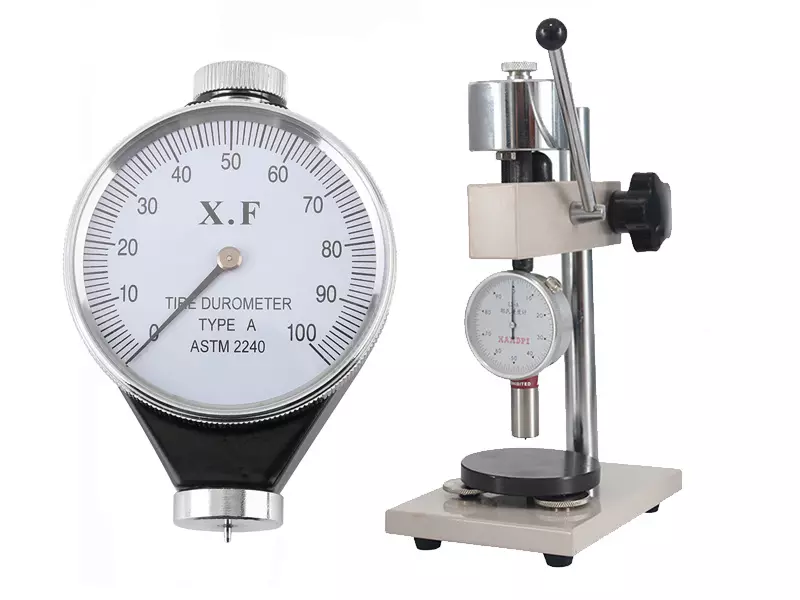 durometer
durometer
The hardness of silicone is measured on the Shore A scale, which ranges from 0 to 100. A value of 0 indicates a very soft silicone, while a value of 100 indicates a very hard silicone. The most common hardness for RTV-2 silicone is 0-40 Shore A.
The hardness of silicone affects its strength, durability, and flexibility. Harder silicone is more robust and durable, but less flexible. Softer silicone is more flexible, but less strong and durable.
3. Viscosity
Viscosity is a measure of how resistant a fluid is to flow. It can be measured using a device called a viscometer. A viscometer is a device that measures the time it takes a fluid to flow through a narrow tube. The fluid's viscosity is then calculated based on the time it takes to flow. The higher the viscosity, the longer it takes for the fluid to flow.
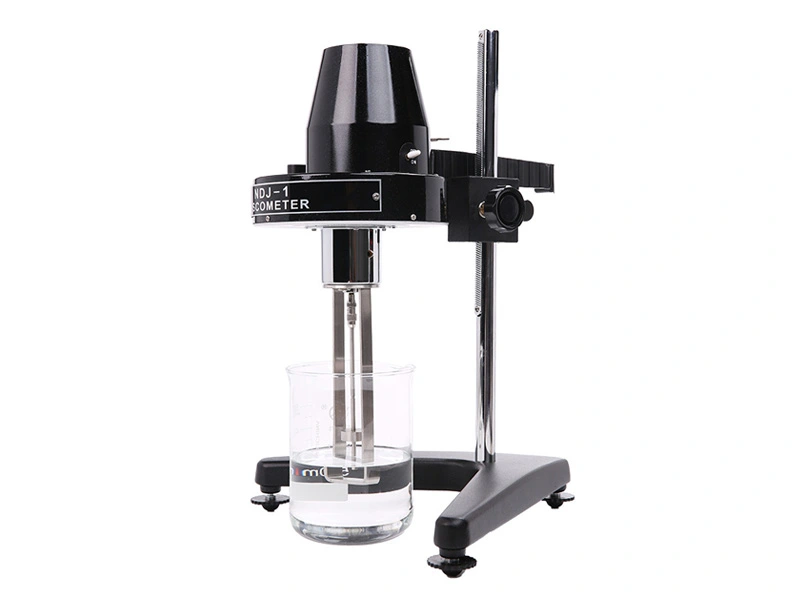 viscometer
viscometer
In silicone raw materials, viscosity refers to the thickness of liquid silicone, which is measured in cps or mPa.s. Generally, silicone with higher viscosity is thicker, flows more slowly, and is more prone to producing bubbles during stirring, while silicone with lower viscosity is thinner, flows more easily, and is easier to de-gas. For example, honey has a higher viscosity than water, which means it is thicker and flows more slowly.
The viscosity of liquid silicone is affected by many factors, including temperature, hardness, type of silicone, additives, and production process. Typically, within the same type of silicone, higher-hardness silicone is thicker than lower-hardness silicone. Liquid silicone at room temperature is also less viscous than at low temperatures because the polymers in liquid silicone become more mobile as the temperature increases.
Additionally, the viscosity of liquid silicone is also one of the factors that affect its cured properties. For the same type and hardness of silicone, the higher viscosity one will have slightly stronger tear strength compared to the lower viscosity one.
4. Density and Specific Gravity
Density is the mass per unit volume that defines a substance. Density is a characteristic of a substance that is mainly related to the type of substance. Mathematically, density is the ratio of mass to volume (Density = Mass/Volume). This formula is often used when making molds to calculate the amount of liquid silicone needed.
The density of RTV-2 silicone is typically between 1.0 and 1.4 grams per cubic centimeter (g/cm3). This means that RTV-2 silicone is slightly denser than water, which has a density of 1.0 g/cm3. The specific gravity of silicone varies depending on the type of silicone. For example, the specific gravity of condensation-cured silicone is slightly higher than that of addition-cured silicone.
5. Pot Life / Working Time / Operating Time
The pot life is the time it takes for the A and B parts of RTV-2 silicone to mix and start to solidify (usually when the viscosity reaches above 100,000 cps). The working time of RTV-2 silicone materials may vary depending on the specific product type and manufacturer. Environmental conditions such as temperature and humidity can also affect the working time of RTV silicone.
In general, higher temperatures shorten the operating time, while lower temperatures prolong it. It is important to carefully read the manufacturer's instructions and follow the recommended operating times and application procedures.
6. Curing Time
Curing time is the time it takes for the material to fully cure or harden. Most RTV-2 silicone gels will initially cure after about 1 hour of mixing, and the full curing process is generally complete within 24 hours. If it has not cured after 24 hours, the cause should be investigated.
RTV-2 silicone is highly affected by temperature, and higher temperatures result in faster curing. The curing time of tin-cured silicone is also affected by the proportion of curing agent added and the thickness of the material. In addition, there is a correlation between the curing time and the working time, with shorter working times resulting in faster curing and longer working times requiring more time for curing.
7. Tear Strength
Tear strength is a material's ability to resist tearing damage. It is measured by the force required to initiate a tear in a given specimen and the rate and extent of tearing. The higher the tear strength, the stronger and more durable the silicone rubber is against tearing. The tear strength of an RTV silicone material is affected by its type, thickness, hardness, and temperature.
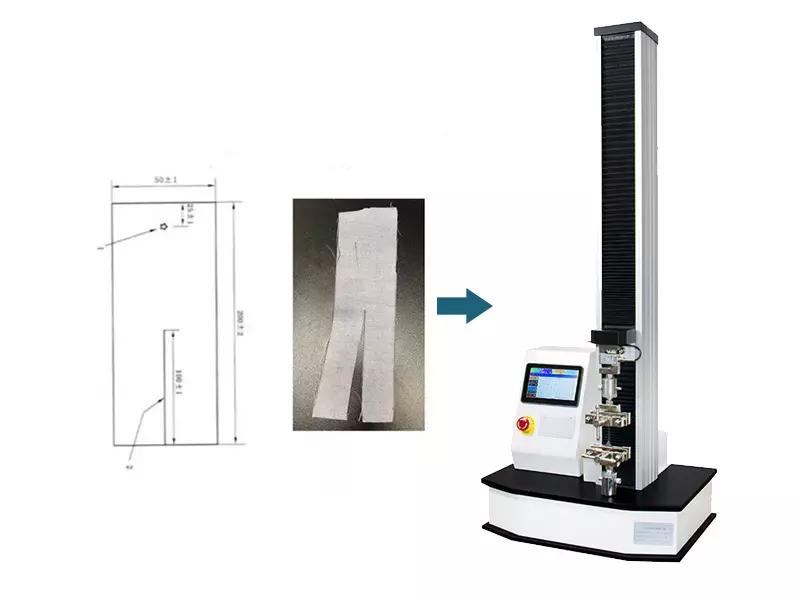 tear strength tester
tear strength tester
8. Tensile Strength
Tensile strength is the maximum load a material can withstand before breaking or disrupting under tension or stretching. It is a measure of a material's resistance to fracture or deformation under tension or stretching. The higher the tensile strength, the stronger the material.
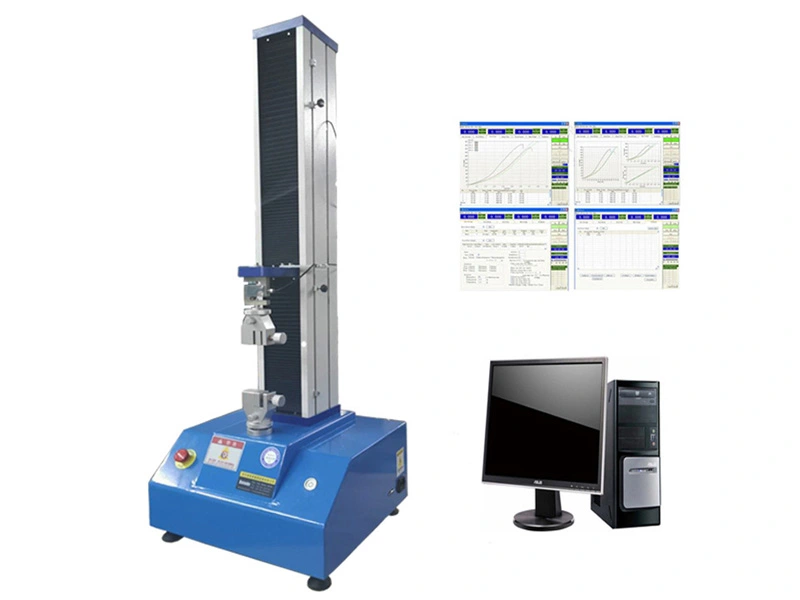 tensile strength tester
tensile strength tester
9. Elongation at Break
Elongation at break is a material's ability to stretch without breaking. It is measured as a percentage of the material's original length. Silicone rubber materials have high elongation, typically 100% to 1000%. This means that they can be stretched to a large extent without breaking. The higher the elongation at break value, the more flexible and stretchable the silicone rubber material is.
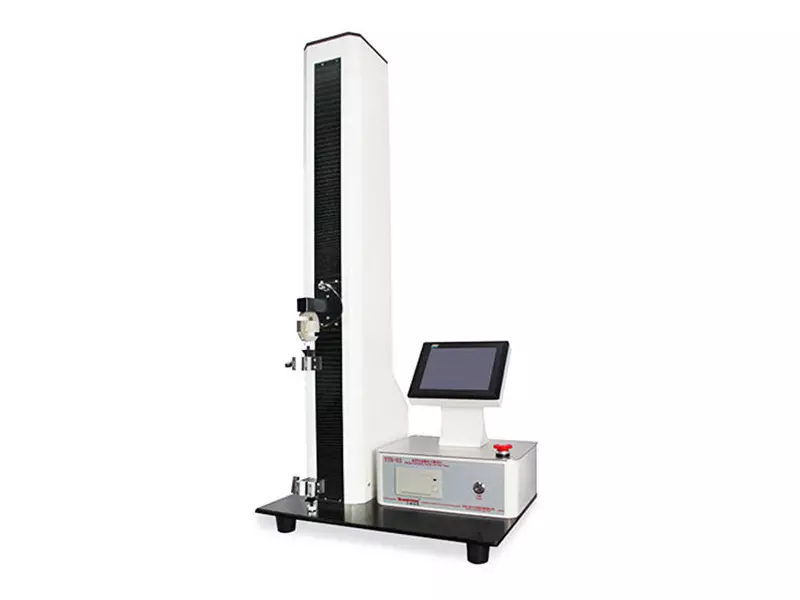 elongation tester
elongation tester
10. Shrinkage
Shrinkage is the decrease in volume or dimensions of a material after curing. It can be caused by various factors, including the type of silicone rubber, temperature, and manufacturing process. Tin-cured silicone generally shrinks more than platinum-cured silicone because it releases by-products during curing. Considering shrinkage when making molds or castings is crucial to ensure that the final product meets the desired dimensions.
11. Shelf Life
The term "shelf life" refers to the time that a material can be stored without losing its characteristics or degrading. Typically, the shelf life of RTV liquid silicone is 12 months, although certain types of liquid silicone may have a longer shelf life of up to 18 to 24 months.
The shelf life of RTV liquid silicone depends on the type of silicone, the additives used, and the storage conditions. Storing it in a cool, normal-temperature place maximizes its shelf life. Increasing the temperature significantly shortens the shelf life of silicone rubber.
The technical terms used to describe the data metrics of silicone raw materials can be confusing for new users. However, we believe that everyone will have a deeper understanding of these terms through our detailed explanations. Understanding these silicone rubber terms can help you better evaluate and choose the silicone rubber materials that are right for your specific application.
